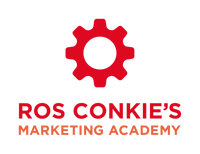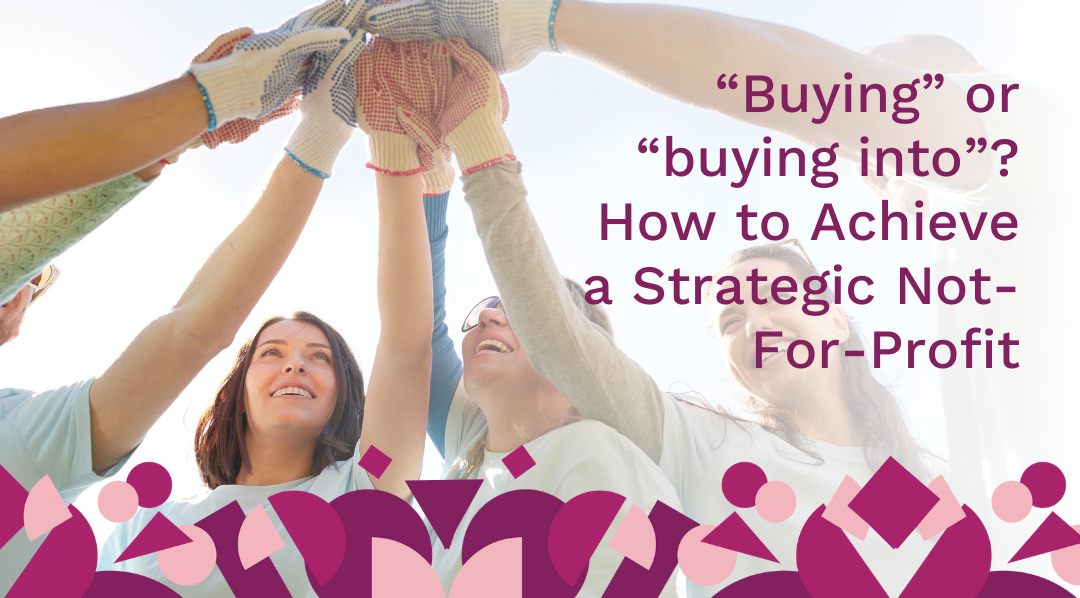Can you have a strategic not-for-profit? I’ve recently been working with a few not-for-profit organisations that have been looking to increase the uptake of their services. Since the business isn’t actually “selling” anything, we’ve been looking at how marketing principles can be applied to help them achieve their marketing objectives. Can you have a strategic not-for-profit? I’ve recently been working with a few not-for-profit organisations that have been looking to increase the uptake of their services. Since the business isn’t actually “selling” anything, we’ve been looking at how marketing principles can be applied to help them achieve their marketing objectives. Can you have a strategic not-for-profit? I’ve recently been working with a few not-for-profit organisations that have been looking to increase the uptake of their services.
Since the business isn’t actually “selling” anything, we’ve been looking at how marketing principles can be applied to help them achieve their marketing objectives. Can you have a strategic not-for-profit.
Can you have a strategic not-for-profit? I’ve recently been working with a few not-for-profit organisations that have been looking to increase the uptake of their services. Since the business isn’t actually “selling” anything, we’ve been looking at how marketing principles can be applied to help them achieve their marketing objectives. Can you have a strategic not-for-profit? I’ve recently been working with a few not-for-profit organisations that have been looking to increase the uptake of their services. Since the business isn’t actually “selling” anything, we’ve been looking at how marketing principles can be applied to help them achieve their marketing objectives. Can you have a strategic not-for-profit? I’ve recently been working with a few not-for-profit organisations that have been looking to increase the uptake of their services. Since the business isn’t actually “selling” anything, we’ve been looking at how marketing principles can be applied to help them achieve their marketing objectives.


Comments